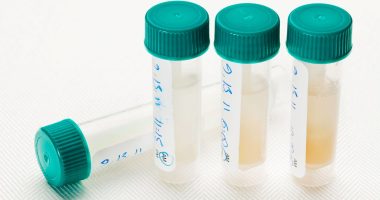
More so than any other animal on Earth, the water bear (aka tardigrade, aka moss piglet) doesn’t particularly appreciate dying. Scientists have exposed the microscopic critters, which look like eight-legged gummy bears, to insane conditions—they’ve boiled them, frozen them, irradiated them, exposed them to the vacuum of space (rocket scientists recently crashed them into the moon, albeit accidentally). Yet the water bear easily persists. It’s especially tough when its environment dries out and it desiccates into what is known as a tun state, in which it reinforces its body with sugar.
But it turns out the water bear’s almost mythical indestructibility may indeed be somewhat mythical. When they’ve been subjected to extreme heat, for example, it’s only ever been for short periods of time, at most an hour. So a group of researchers—who’ve been studying various aspects of water bear biology, including their morphology and evolutionary history—ran new experiments to show that if you expose them for longer, they’re much less likely to survive. On a rapidly warming planet, that’s troubling news.
At least 1,300 species of water bear swim in Earth’s waters and crawl in its moist soils. Ricardo Cardoso Neves, a University of Copenhagen biologist, and his collaborators collected a species from gutters in Denmark and brought them into the lab. They kept one group of them in their active normal state, and they dried out another set to get them in the tun state. Then they turned up the heat.
For the desiccated water bears in the tun state, you could dial up the heat to an impressive 180.86 degrees F for an hour, and about half of them would survive. Which makes sense—this is when tardigrades are at their toughest. But if left in high heat for 24 hours, the water bears reached 50 percent mortality at 145.58 degrees. For the active water bears, half of them would perish at a far lower temperature of 98.78 degrees F for 24 hours, just over a degree higher than Denmark’s highest recorded temperature.
So here’s the problem. As temperatures climb and droughts grow more frequent and severe, the water bears might do what they always do to survive—desiccate into the tun state and wait for moisture to come and temperatures to fall. “But if there is some humidity around them, they will not form the tun state, which means that they will stay active,” says Neves, lead author on a new paper describing the findings. On a roof in Denmark, they might bake in the sun before the water dries up, essentially trapping them in a state of delicate normalcy.









